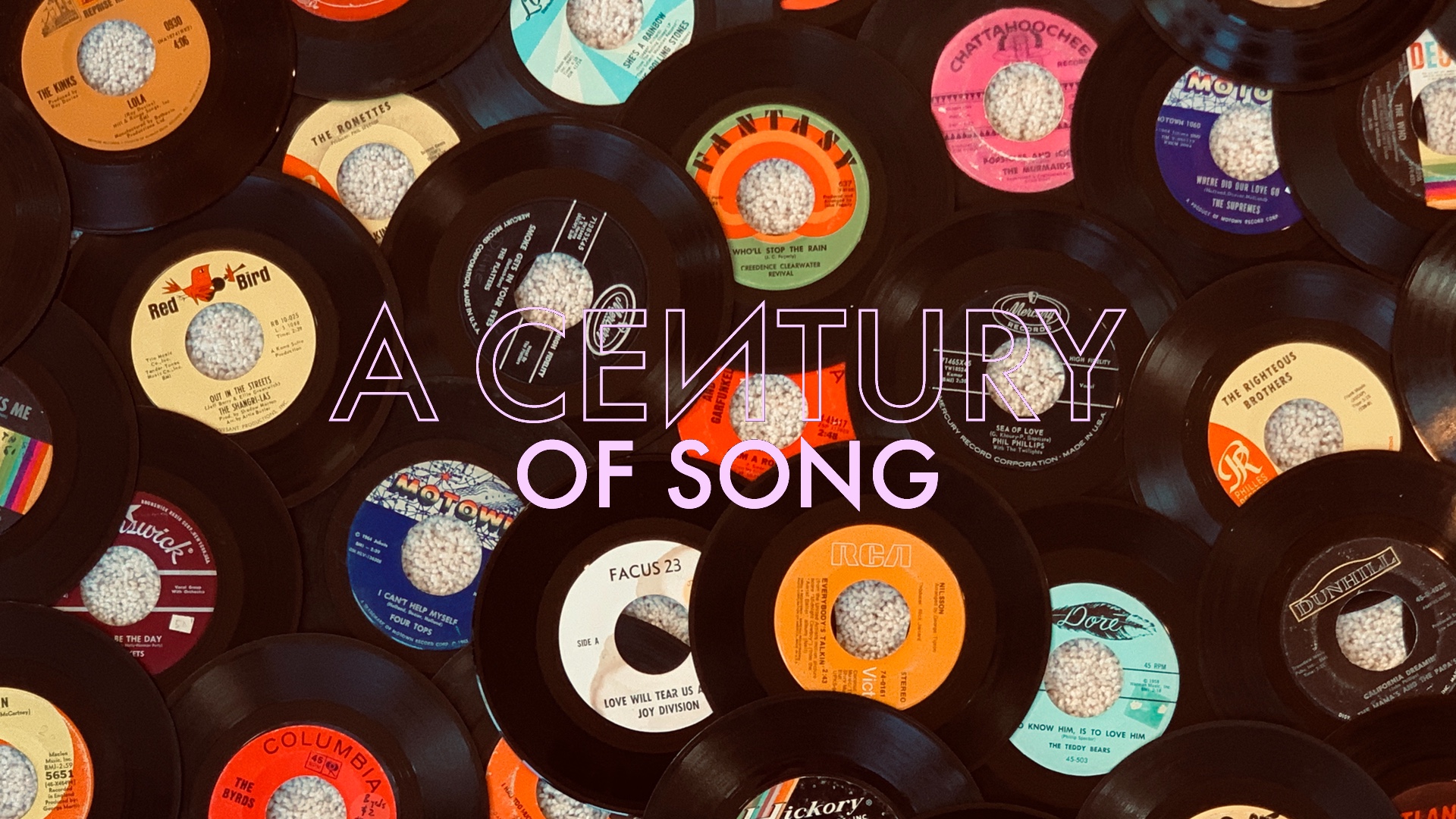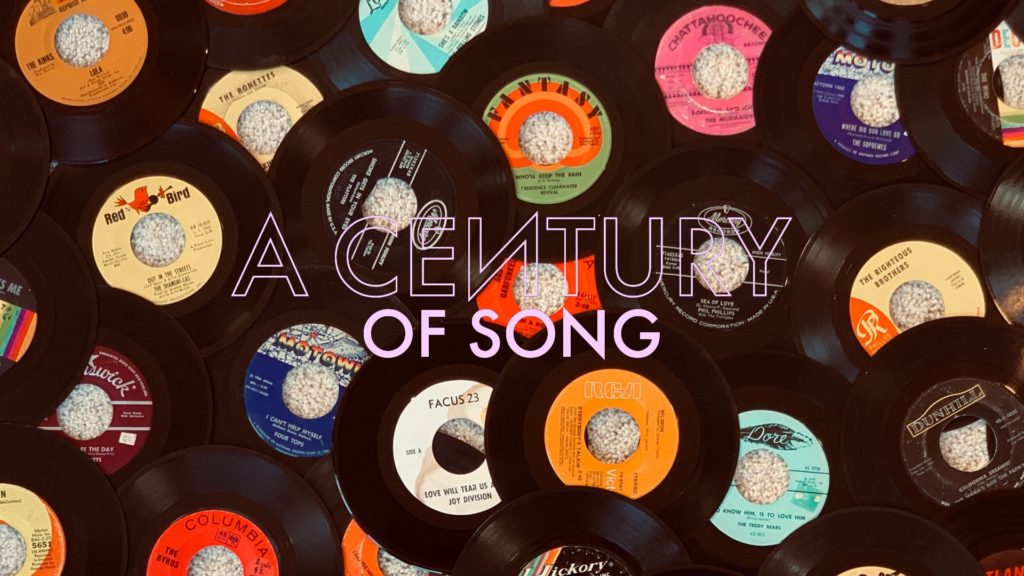
A Century of Song is an attempt to summarize 100 years of popular music through 1000 carefully chosen tracks. Included within this list are landmark singles, stellar album cuts, huge hits, hidden gems, and more than a few personal favorites. Read the introduction for the project here, and enjoy the embedded videos and Spotify playlist.
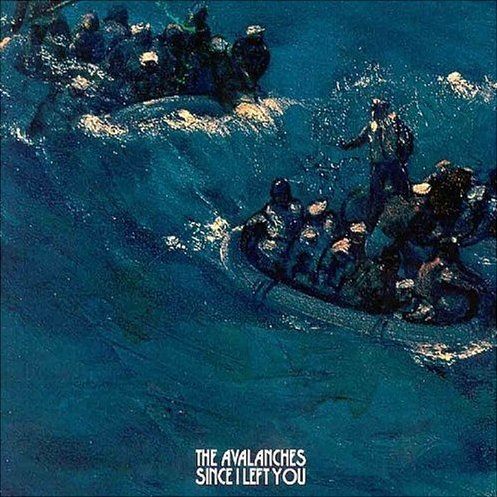
520
The third single from The Avalanches’ pioneering 2000 debut, “Since I Left You” is the album’s most perfect realization of the summery, nostalgic sound that the Australian electronic group was aiming for. Composed of samples from dozens of songs, “Since I Left You” was, at once, both refreshingly original and instantly classic.
Albums built entirely from preexisting recordings were nothing new by 2000. Perhaps most notably, Since I Left You was preceded in that regard by DJ Shadow’s landmark 1996 record, Entroducing. However, whereas Shadow and others had created impressively complex and highly original music with repurposed sounds, there is something uniquely warm, inviting, and human about “Since I Left You.”
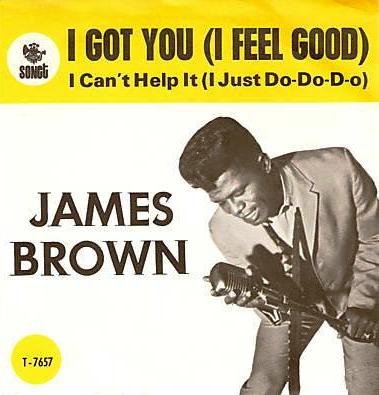
519
James Brown had more important songs. He had better ones as well. However, the “Godfather of Soul” never created a track more infectious than this 1965 smash hit. Built upon its irresistible horn hook and fantastic rhythm work, “I Got You (I Feel Good)” is a quintessential James Brown track, and a milestone on the road from soul to funk.
Though its pop culture ubiquity may have taken some of the edge off the song, “I Got You” still brims with excitement. The Famous Flames lay down a playful beat – highlighted by the bass work of David “Hooks” Williams. Brown’s lyrics are among his most simplistic, but the appeal truly lies in the delivery – a thrill, from his opening yelp to the final shout.
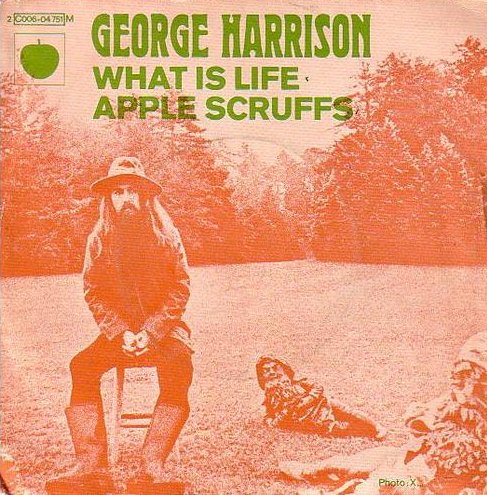
518
George Harrison famously had his songwriting contributions to The Beatles limited by the quality and quantity of Lennon/McCartney compositions – not to mention the pride, ego, and competitive spirit that flowed through the group’s dynamic. However, by the time of the band’s final (recorded) album, Abbey Road, Harrison had more than proven his capabilities – penning that record’s two finest tracks (#719, 635). This growth in craftsmanship and confidence – and an abundant backlog of material – would result in his 1970 triple-LP, All Things Must Pass.
Though All Things Must Pass featured an all-star cast of contributors – and production from Phil Spector – Harrison undoubtedly remained the focal point throughout. In matters of composition, performance, and production, “What Is Life” is an obvious highlight of the album. Spector’s typically lush arrangement does nothing to diminish the song’s energy or passion. To the contrary, the grand surroundings only help to elevate Harrison’s simple song of devotion into something triumphant, celebratory, and transcendent.
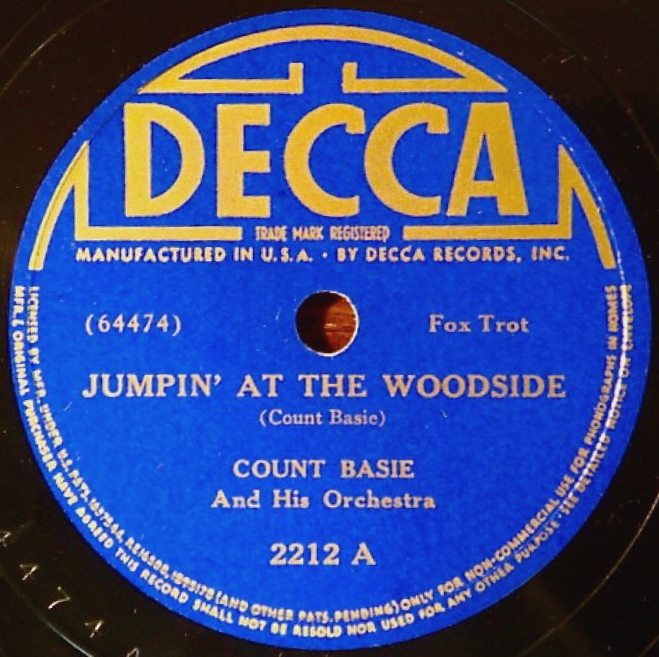
517
Pianist William James “Count” Basie was one of the most important figures of the swing era, and would manage to sustain success long after swing had run its course. Composed and recorded during the dizzyingly prolific early years of his career, “Jumpin’ at the Woodside” would become Basie’s signature song.
Basie had first come to prominence in Kansas City, while playing piano in Benny Moten’s band. Following Moten’s death, Basie took his orchestra to New York – taking up residence in Harlem’s Woodside Hotel. It was there, in the hotel’s basement, that Basie’s group worked to refine their wild Kansas City “stomp” sound into something more palatable for the sophisticated, big city audiences that they would encounter. “Jumpin’ at the Woodside” finds them in perfect equilibrium between the rough and tumble excitement of their infancy and the polished sound that would make them mainstays of Harlem’s hottest clubs.
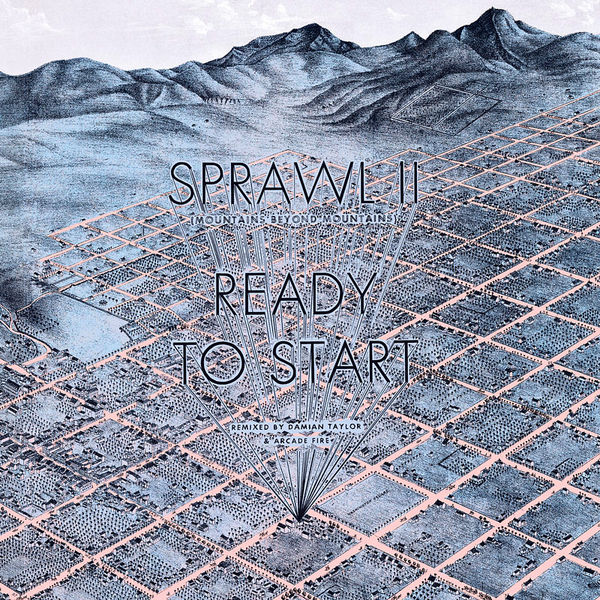
516
When Arcade Fire earned widespread recognition from mainstream outlets for 2010’s The Suburbs – including a Grammy for Album of the Year – fans of the band’s earlier work were quick to dismiss the praise as “too late.” While intermittently impressive, The Suburbs lacked the songwriting, intensity, and goosebump-inducing drama of 2004’s Funeral – or even 2007’s Neon Bible. The one big exception was “Sprawl II (Mountains Beyond Mountains).”
Tucked away as the penultimate track on a long album, “Sprawl II” almost seemed to be treated as something of an afterthought by either the band or their label, Merge. Released as the sixth single from The Suburbs – nearly two years after the album’s arrival – “Sprawl II” saw the group abandoning their typical dynamism for a steady, synth-pop sound. The track’s disco-inspired arrangement, and Régine Chassagne’s airy vocals, earned it more than a few comparisons to Blondie’s “Heart of Glass,” but “Sprawl II” lit an intriguing new path for the group – one that they would follow with decidedly mixed results on their next two albums.
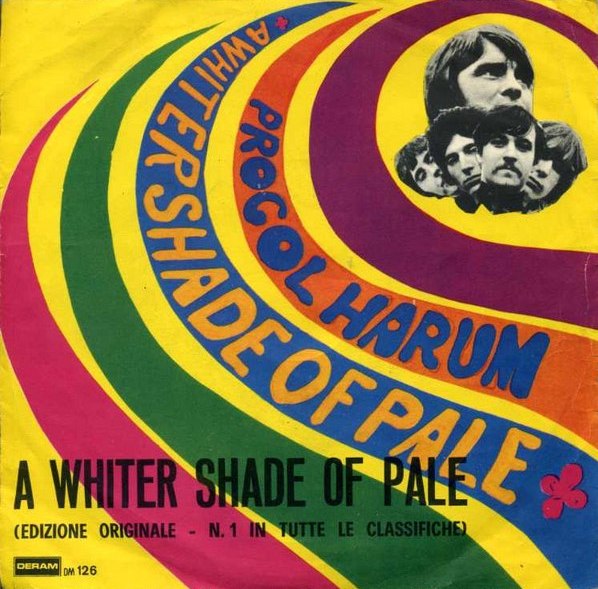
515
Procol Harum took the idea of baroque pop to an extreme when they repurposed a Johann Sebastian Bach melody for their 1967 debut single, “A Whiter Shade of Pale.” Combining this classical influence with their rock and R&B background, the British group would score one of the biggest hit singles of the sixties.
“A Whiter Shade of Pale” is carried by that Bach-inspired melody – delivered by a quivering Hammond organ – but the totality of the atmosphere that it creates is equally impressive. Keith Reid’s lyrics are vivid, but leave plenty of room for interpretation. That sense of mystery is heightened by the cathedral-like production that lends a sense of grandeur to an already beautiful track.
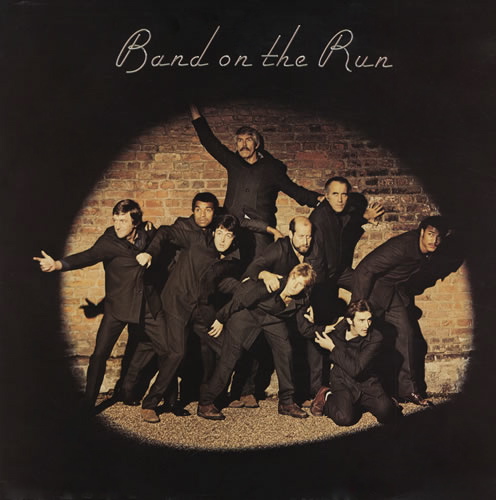
514
Of the three regular songwriters in The Beatles, it was Paul McCartney who experienced the most jarring transition into a solo career. George Harrison hit the ground running with the epic All Things Must Pass, while John Lennon turned inward, releasing his most personally revealing work to date. McCartney seemed to reject the ambition of Abbey Road by going small, releasing a series of low-key records that critics identified as charming, but somewhat inconsequential; for the record, this reviewer is quite fond of 1971’s Ram.
1973’s Band on the Run saw McCartney aiming higher than he had in years, and succeeding at nearly every turn. Nowhere was the album more impressive than on its opening title track – a multi-part pop confection that recalled the suite-like nature of Abbey Road‘s second side. While his new band, Wings, were billed as something of a democratic unit, McCartney himself towers over “Band on the Run” – at least until the massive orchestral section that stitches the song’s two halves together.
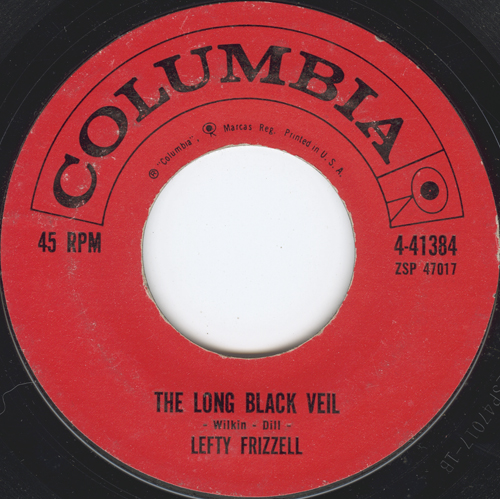
513
Songwriter Danny Dill – who co-wrote this track with Marijohn Wilkin – once described “Long Black Veil” as an “instant folksong.” It’s not hard to see where Dill was coming from with this sentiment, as “Long Black Veil” is one of those rare songs that seems far older than its 1959 publishing date. While the track would be memorably covered by the likes of Johnny Cash and The Band, it’s Lefty Frizzell’s original recording that stands as the definitive take.
“Long Black Veil” is the story of a man set to die for a murder that he did not commit, but who is unwilling to reveal the alibi that would set him free. Frizzell sings from the perspective of the condemned man following his death. His lonesome vocal, and the track’s sparse production, make for a haunting take of an unforgettable song.
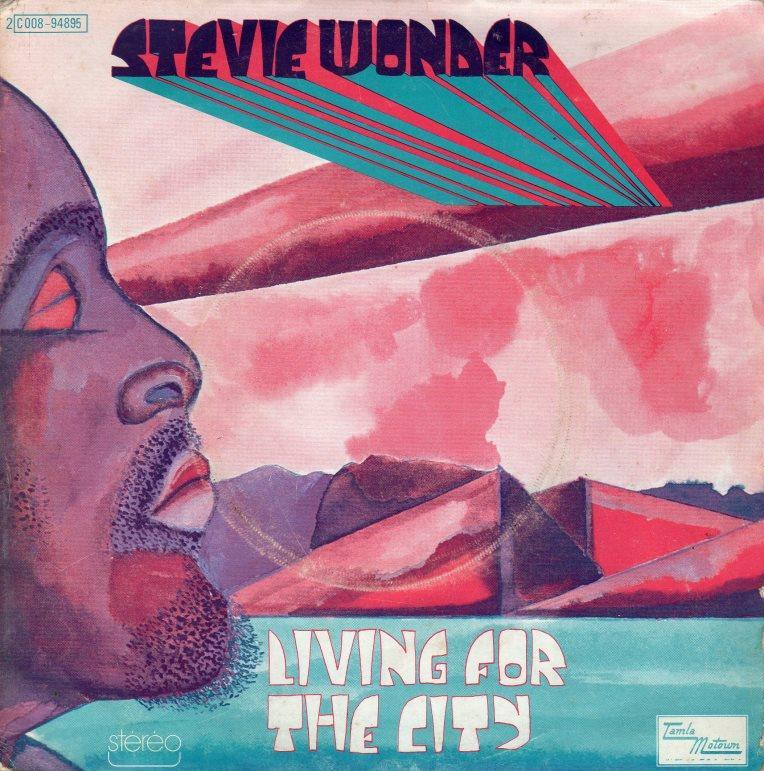
512
Following a wildly successful 1972 that found Stevie Wonder releasing both Music of My Mind and Talking Book, few could have reasonably expected him to hit yet another gear. However, 1973’s Innervisions represented a new high-water mark for Wonder – an album that mixed his eclectic influences into something rarely less than brilliant.
The album’s centerpiece, “Living for the City” was arguably Wonder’s most ambitious composition to date. While its truncated single mix was a massive hit, the full scope of Wonder’s vision is best exemplified by the album version. In it, Wonder – who plays every instrument on the track – details a hard-luck story that stood as the grittiest, most political work of his career to date.
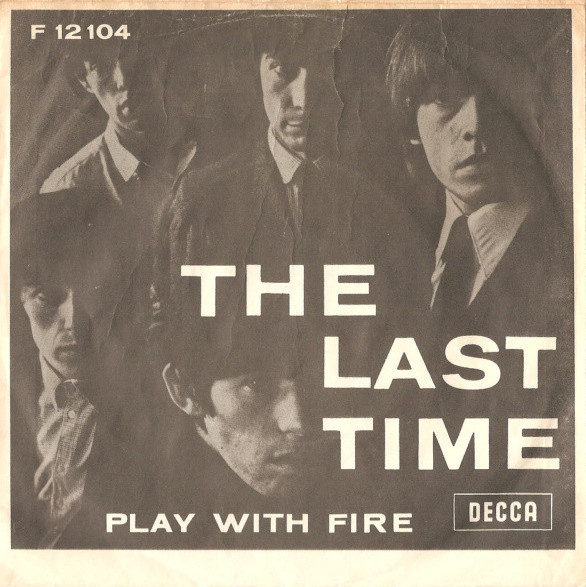
511
It was, perhaps, a twist of fate that led The Rolling Stones to their first successful dalliance with baroque pop. Mick Jagger and Keith Richards found themselves in a studio with Jack Nitzsche and Phil Spector on the night before departing on a tour of Australia, and – with no other band members present – recorded this track in an arrangement that bore little resemblance to their typical R&B fare.
It’s Nitzsche’s harpsichord that most definitively gives “Play with Fire” its baroque-ian element. This newfound shade – recorded several months before The Beatles simulated a harpsichord on “In My Life” – would prove to be extraordinarily influential in the years to come. So too would the song’s ominous mood, which would be an essential element of the Stones’ greatest work ahead.
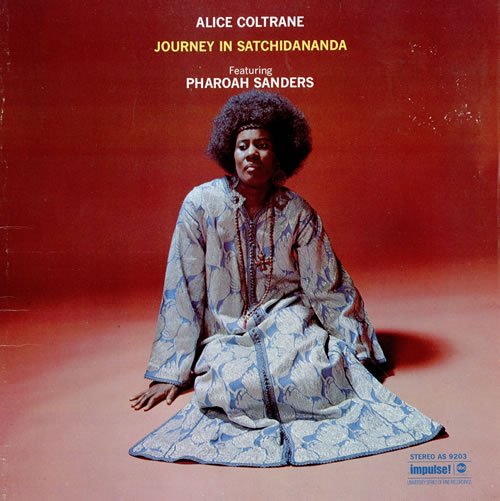
510
Alice Coltrane played piano in her husband’s band during the last few years of his life, but it was her proficiency on the harp that helped to make Coltrane one of the most unique jazz musicians of her time. The combination of her cascading harp lines and the drone of Tulsi’s tambura make “Journey in Satchidananda” a particularly arresting track.
Coltrane’s classical training – not to mention her continuation of John Coltrane’s spiritual musical explorations – helped draw her toward the sounds of Indian classical music. The contributions of Pharoah Sanders – who had explored similar territory, most notably on 1969’s Karma – established another important musical and spiritual link to Coltrane’s late husband.
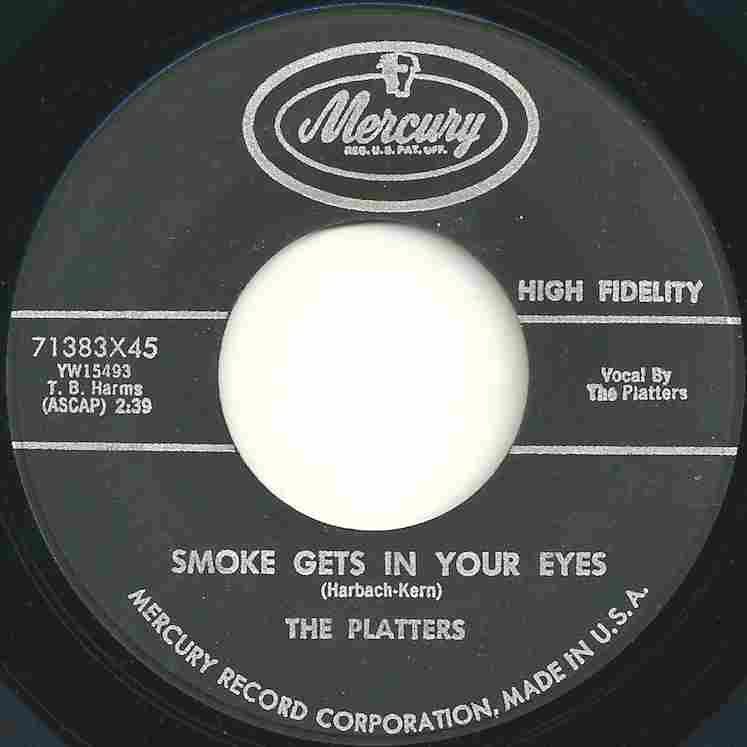
509
Mixing the vocal interplay of doo-wop with lush orchestration, The Platters reached their apex on this enchanting 1958 single. Written by Jerome Kern and Otto Harbach for a 1933 musical, “Smoke Gets in Your Eyes” had become something of a standard in the intervening years, but The Platters’ version – a #1 hit on both sides of the Atlantic – would become the song’s definitive take.
Produced by Buck Ram, “Smoke Gets in Your Eyes” provides a showcase for Tony Williams’ soaring vocals. The track begins with a delicate arrangement, but grows as it reaches a crescendo equal to any Roy Orbison show-stopper. It’s an evocative track – melodic, richly orchestrated, and undeniably romantic – that stands with the finest singles of its era.
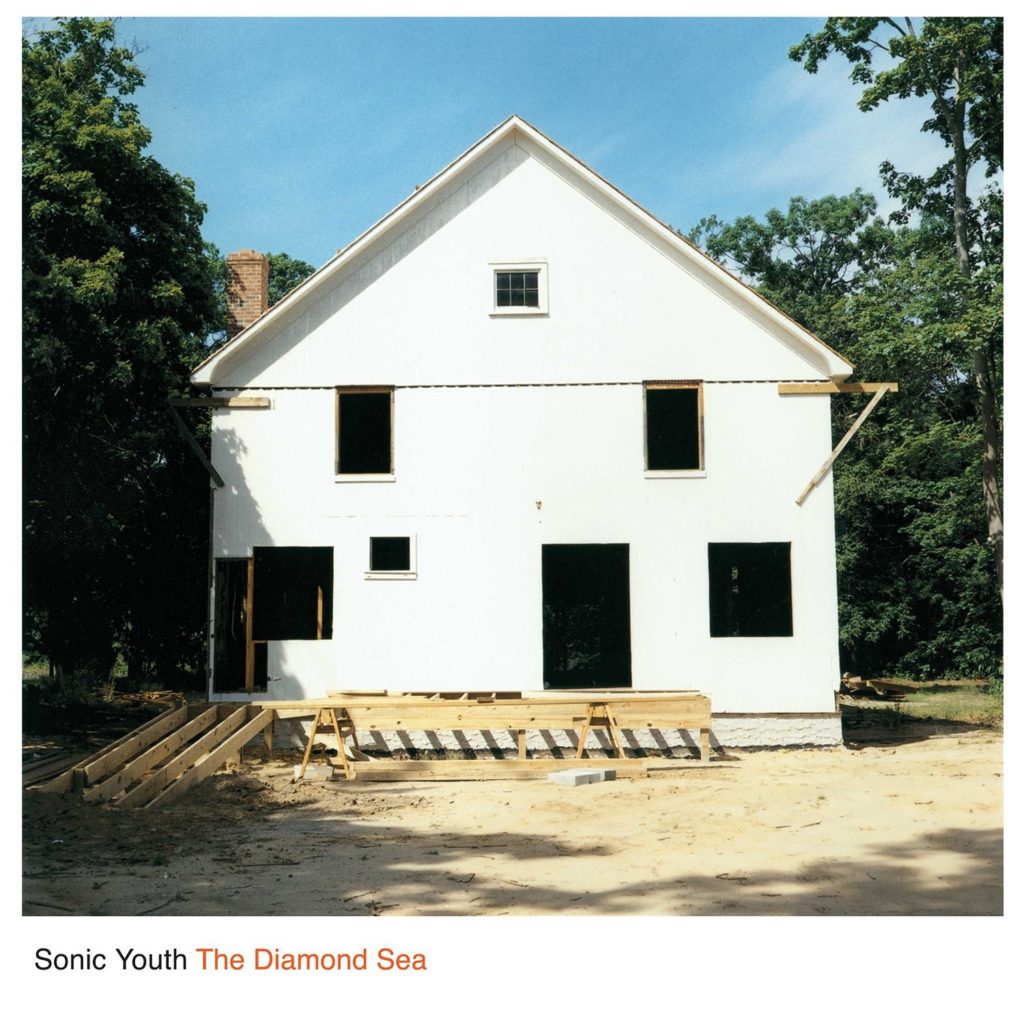
508
By 1995’s Washing Machine, Sonic Youth had proven that they could be many things, but “pretty” was a word rarely associated with the band’s music. While intermittently graceful, the group was typically characterized by its experimental impulses, squalls of feedback, and embrace of dissonance. On “The Diamond Sea,” Sonic Youth kept those instincts at bay for as long as possible.
One look at its nearly twenty-minute run-time would have been enough to send Sonic Youth skeptics running for the hills, but “The Diamond Sea” is an encapsulation of nearly everything that made them such a compelling band. Thurston Moore’s elegiac vocal melody is countered by shimmering guitars, and a restrained performance from Kim Gordon (bass) and Steve Shelley (drums). The song proper ends well before the ten-minute mark, at which point the group’s penchant for exploration kicks in. However, rather than engaging in a sonic assault, “The Diamond Sea” meanders in a beautiful dream-state worthy of its title.
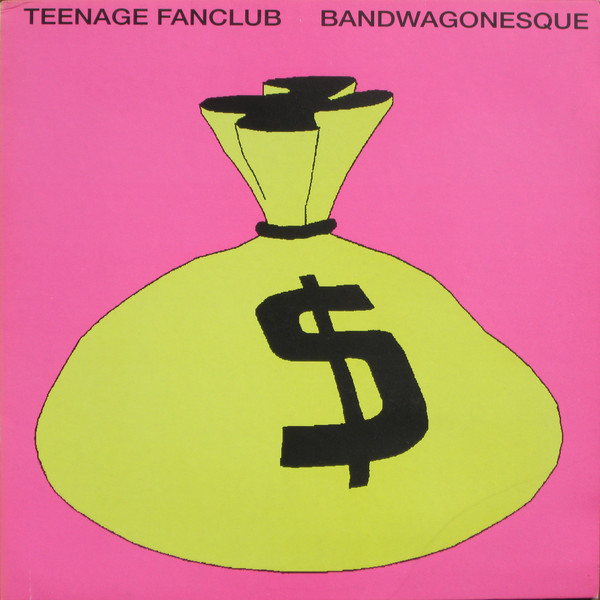
507
Teenage Fanclub reached a breakthrough with their third album, 1991’s Bandwagonesque, by matching their power pop affectations with the looseness of the contemporary American and British indie scenes. Released as the album’s second single, “The Concept” is a scruffy, melodious, and downright irresistible high point for the Glasgow group.
Opening with a blast of feedback, “The Concept” quickly morphs into a jangle pop classic. Norman Blake’s character sketch of a scenester girl is countered with a chorus that is, shockingly, as effective as it is simple. A lengthy denouement follows, featuring wordless vocals and expressive guitars that carry the song’s considerable melodic gifts to a slow, satisfying conclusion.
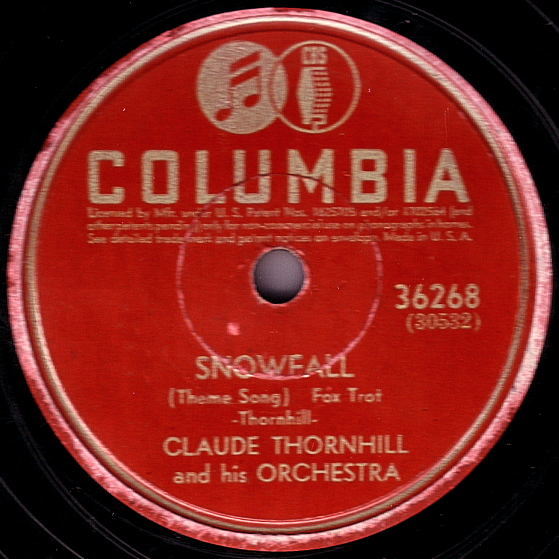
506
Evocatively named instrumentals often face a tall task in living up to their titles, but Claude Thornhill’s signature composition is actually a perfect accompaniment to a winter night spent by the fireside. Frequently recorded in both instrumental and vocal versions – with lyrics written by Thornhill’s wife, Ruth – “Snowfall” has become a standard.
Immaculately crafted, gently performed, and delicately arranged, Claude Thornhill’s original recording of “Snowfall” remains the finest version of the song. Thornhill’s minimalistic approach would become a significant influence of the emergence of the cool jazz scene, but this wintry track was his greatest direct contribution to the great American songbook.

505
While their self-titled debut represents something of a Big Bang moment for American punk, Ramones’ third album, Rocket to Russia, may be the group’s most impressive release, song-for-song. The album’s highlight, “Sheena is a Punk Rocker” stands as one of the band’s catchiest and most celebrated tracks.
Though Ramones played into their tough image, the group never shied away from their fondness for sixties pop. Covers of tracks like “Surfin’ Bird” and “Do You Wanna Dance?” – as well as their ill-advised run-in with Phil Spector – confirmed this, but so too did their sing-along choruses, giddy harmonies, and preference for brevity. “Sheena” comes off like the Ramones’ answer to their beloved Queens predecessors, The Shangri-Las, as Joey Ramone’s vocals excitedly extoll his fondness for the bad girl.
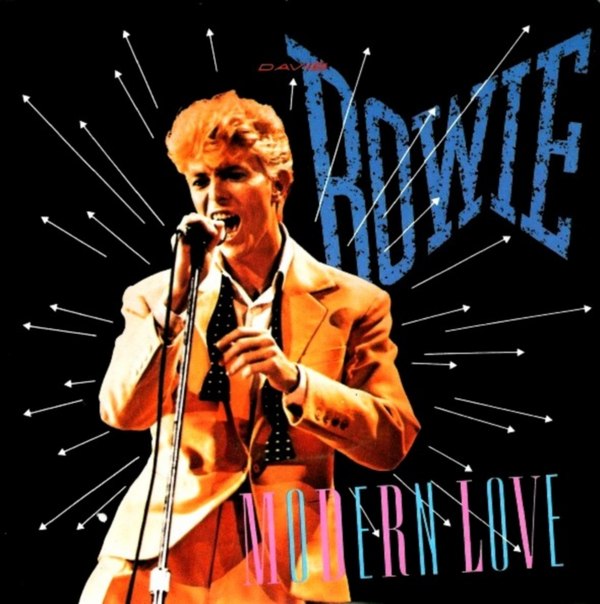
504
If any great artist from the seventies seemed like a good bet to weather the regrettable trends of the eighties, it was David Bowie. Bowie had proven his chameleonic mettle on a decade worth of shape-shifting albums – with each personal reinvention standing as an artistic triumph. Though he wouldn’t escape the eighties unscathed – hitting a nadir on 1987’s unfortunately-titled Never Let Me Down – Bowie turned in a glistening all-time classic with the lead off track to 1983’s Let’s Dance.
Reaching back to the R&B flirtations of 1975’s Young Americans, “Modern Love” matches its danceable nature with the sleek, modern sheen that would become the decade’s production signature. There’s a tension to the track’s verses, one that finds a glorious release in the call-and-response that follows. That circular chorus is a thing of beauty – one that could carry on twice the length that it does without wearing out its welcome.
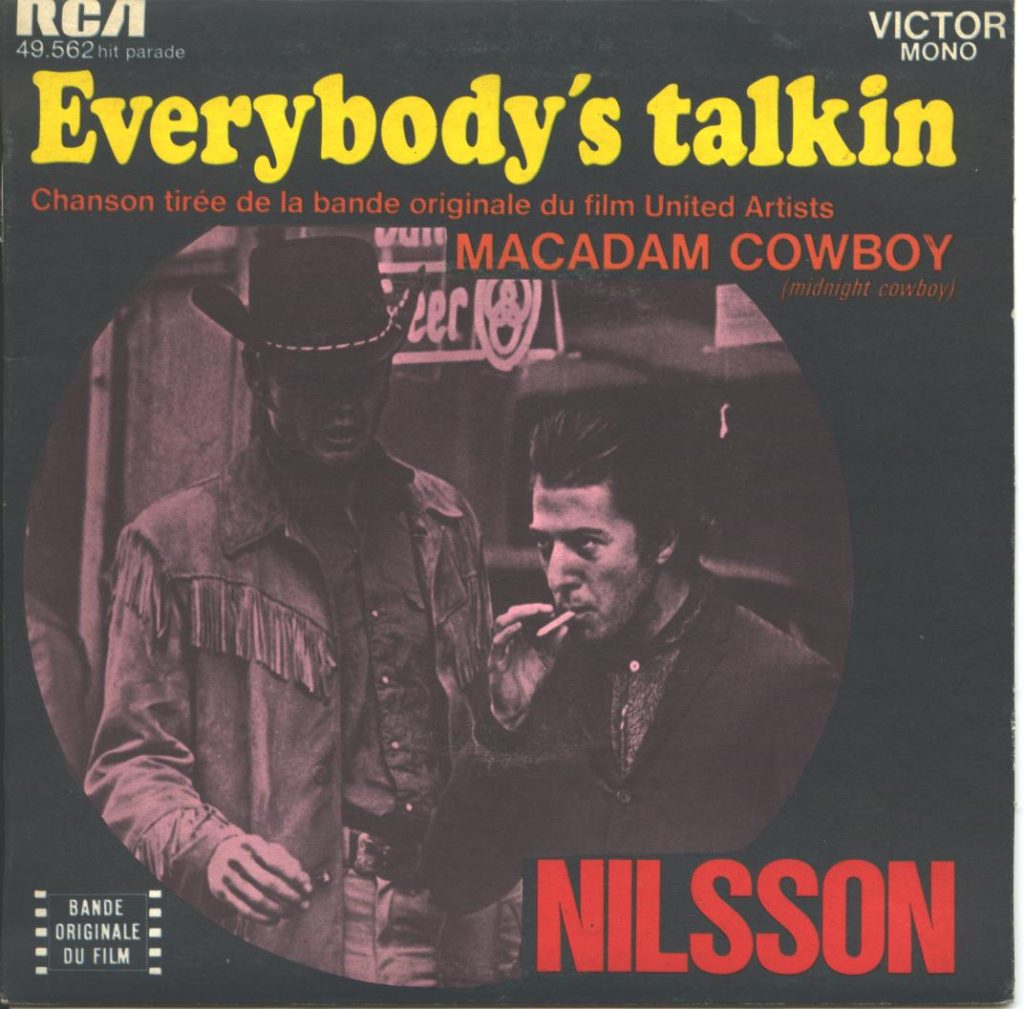
503
Fred Neil wrote “Everybody’s Talkin’” – releasing his own recording in 1968 – but it’s Harry Nilsson’s version that stands as the track’s most memorable take. Featured prominently in the 1969 film Midnight Cowboy, Nilsson’s recording would become the talented-but-troubled vocalist’s most iconic moment on record.
Nilsson’s voice was a fine match for Neil’s track, as it was for pretty much any material he tackled over the course of his career. Briskly paced, with an airy orchestral arrangement by Rick Jarrard, “Everybody’s Talkin’” defied pop conventions with its lack of a traditional chorus, but that didn’t stop it from becoming a hit. Helped by its association with a popular film, the song reached the top ten in the summer of 1969.
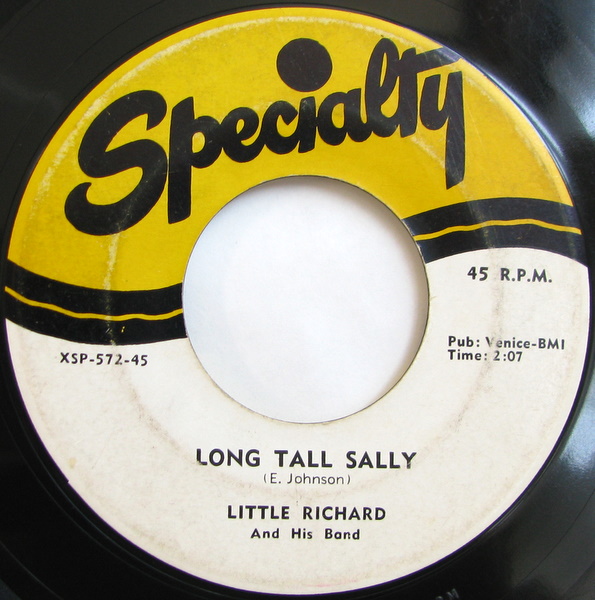
502
Considered by many to be the most important figure in rock & roll’s first wave, Little Richard personified the rebellious spirit of the music with a series of earth-shaking singles in the mid-fifties. The finest of these tracks, “Long Tall Sally” was a collaborative effort between Richard and “Bumps” Blackwell, and an attempt to create a song that wouldn’t be as easily co-opted by Pat Boone as Richard’s previous hit, “Tutti Frutti.”
“Long Tall Sally” blazes by at a blistering pace, and Little Richard belts the song with a conviction that surpasses anything else in his catalog. However, his plan to hold off the hordes of covers by white artists failed. Boone released a tepid interpretation of “Long Tall Sally” almost immediately. However, Elvis Presley and a teenaged Paul McCartney soon made the song part of their own repertoires as well.
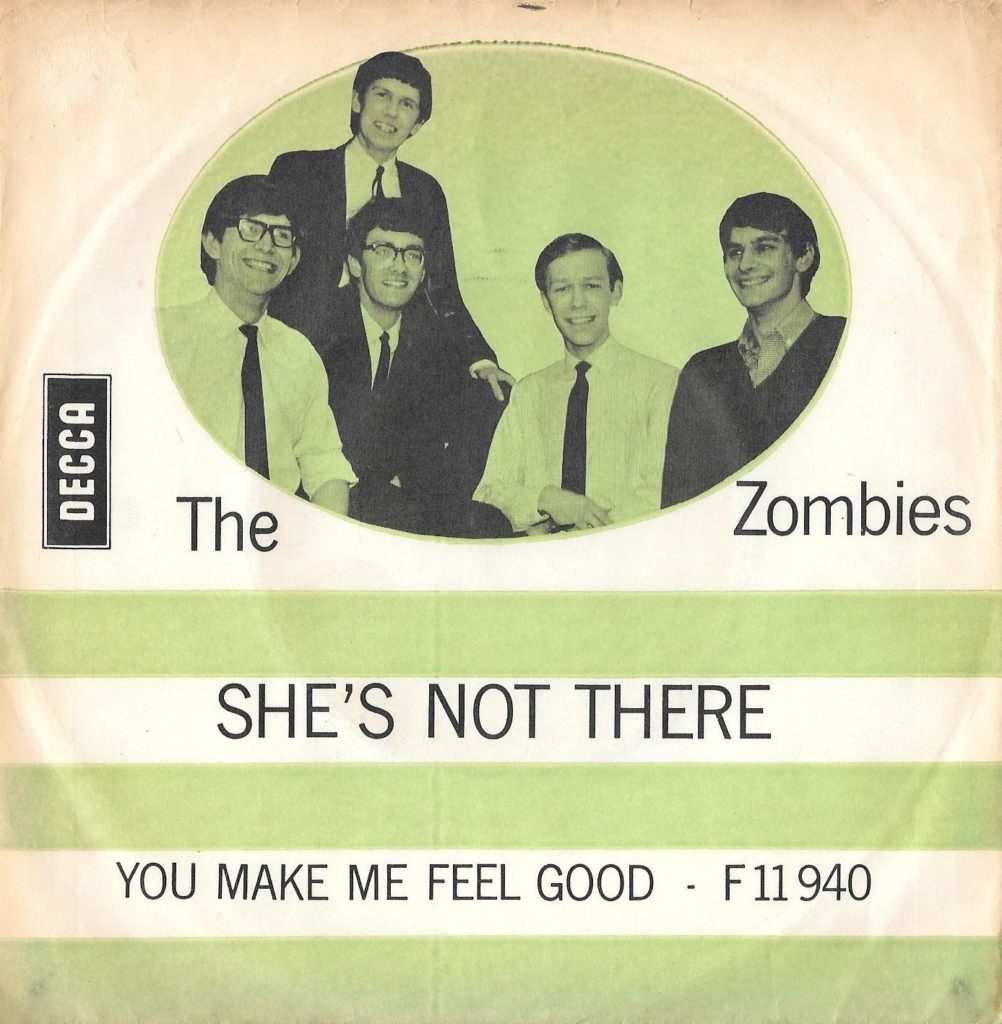
501
While all of the great and not-so-great groups of the British Invasion got their start by playing rhythm and blues, few molded their early influences into something wholly original. Though less celebrated than their most famous peers, The Zombies displayed one of the most alluring sounds of the era on their remarkable debut single, “She’s Not There.”
Nervy and dark, the verses of “She’s Not There” bubble with tension. Colin Blunstone – one of the best Invasion-era singers – spins a cautionary tale in a quivering melody. The pre-chorus kicks things into a more steady beat, as Blunstone’s bandmates join in on harmonies. Then, it’s all release, in a frantic chorus that mixes the band’s jazzy leanings with the psychedelia that would reach an apex on their 1968 masterwork, Odessy and Oracle.


